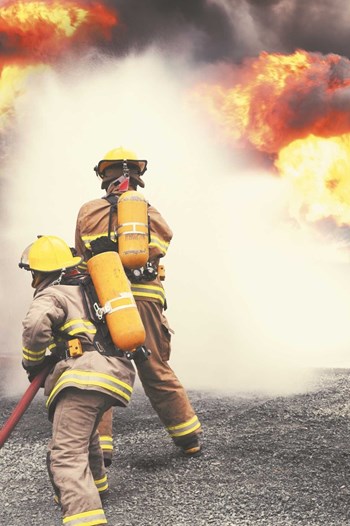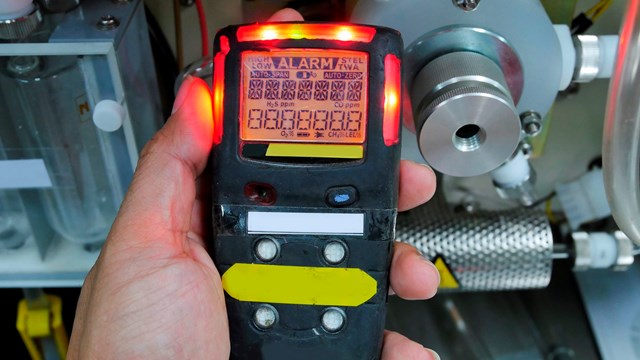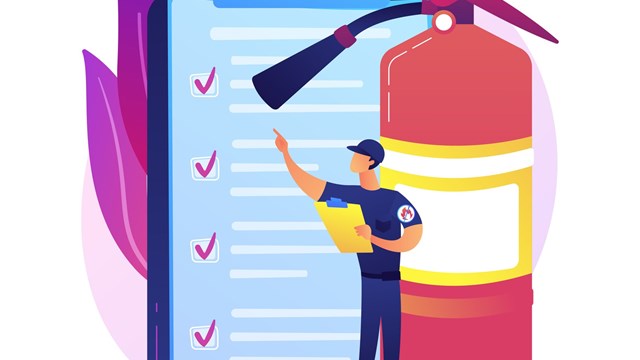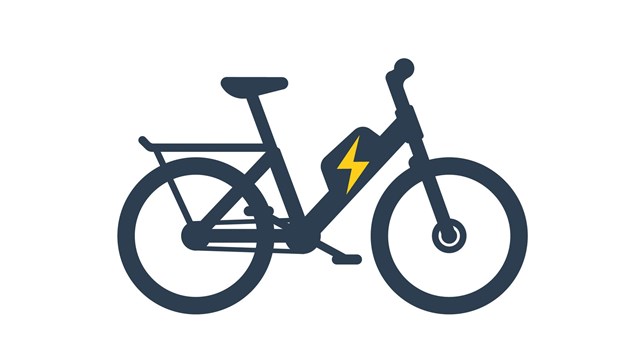
Fire in the home can be an absolutely terrifying and life-altering occurrence. In 2010 alone, there were 1,331,500 fires reported within the United States, causing more than 3,000 civilian deaths, 17,720 injuries, and $11.6 billion in damage. Within a matter of seconds, everything you treasure can be engulfed by flames. And although we cannot prepare for life’s accidents, there is an organization that can educate us on how to avoid them.
Meet the National Fire Protection Association (NFPA), a non-profit based out of Quincy, Massachusetts, and presided over by president and CEO James M. Shannon. NFPA’s main objective: To reduce the worldwide burden of fire and other hazards on the quality of life.
“We develop codes and standards on all aspects of fire, life and electric safety,” said Lorraine Carli, the NFPA vice president of communications. “We also conduct research, training and extensive public education—all aimed at making the world safer from fire and other hazards. We aim to provide a wealth of information on how individuals can prevent fires in their homes.”
Membership in the NFPA
As the world's leading advocate of fire prevention, the NFPA, established in 1896, is consistently expanding its membership base. Since fires can affect everyone and anyone, the organization understands the importance of having a diverse body of members, which is constantly growing.
“NFPA has more than 74,000 members,” according to Carli. “They include designers, builders, architects, engineers, fire service, electricians and other professionals.”
Codes and Standards
The NFPA is responsible for more than 300 different standards and codes, all of which are intended to reduce the effects and overall possibility of fires in the home. We may not even realize it, but a lot of the things we do every day are affected by the efforts of the NFPA. Think about it: Have you ever installed a new deck or a bathroom, and had guidelines to abide by so the structure was safe for use? Well, that’s in large part, the NFPA’s doing. Their standards affect everything from installations and buildings to process, service, and design.
“The NFPA affects homeowners in that we develop codes and standards that are adopted or referred to that dictate things like the use of smoke alarms, safe electrical installations, exits, fire alarms and a host of other building and fire requirements,” says Carli.
Of course, not just anyone can make a code or standard and put it into action. All proposals and comments are developed periodically and reviewed by about 7,000 people—all volunteers—who, like the wider membership base, come from a wide range of professions.
Public Education
The association offers seminars for training with members of its team, online webinars and on-site training, as well as electrical vehicle safety training for firefighters and other first responders, among other educational opportunities.
Through these educational programs, the NFPA strives to teach consumers about fire safety. From dryers and washing machines to portable generators, candles, and stoves, there are hundreds of places that a fire can start in the home. Each of these different causes has its own times throughout the year when the NFPA sees it happening more than others. For example, the top five days for home candle fires are all holidays, including Christmas Eve and Halloween. When it comes to heating fires, the chilly months are the culprit, with peak months for home heating fires from December to February. Nevertheless, the NFPA is active year-round, pursuing its mission to lessen these incidences across the country.
The NFPA’s biggest suggestion to homeowners? Know exactly what to do in case a fire happens in your home. Talk to your family members about what to do in an evacuation, and know exactly what the evacuation routes are in your particular community. If family members are separated during an emergency, already have a plan and safe meeting spot you all know about, as well as emergency phone numbers. And last but not least, every home should have a family disaster supply kit, (sometimes called a go bag or ready kit) including everything from water and a first aid kit to a jacket, cash, and personal hygiene items. If there’s anything a consumer can really learn from the NFPA, it’s that you can never be too prepared when it comes to potential fires or hazards in the home, and it’s much better to be safe than sorry.
The Future of the NFPA
In the last few decades, the NFPA has grown both in strength and in numbers.
“We have made tremendous progress in reducing the fire problem in homes since the late ‘70s. We’ve increased public education about how to prevent fires, on codes and standards for things that affect buildings, the increased use of flame retardants and the widescale introduction of smoke alarms have all contributed to fewer fires.”
Since the organization’s founding in 1896, the number of fires that occur in the home resulting in deaths and injuries has dramatically decreased by more than 150,000 cases. In the future, NFPA’s goal is to continue this positive progression, and continue to successfully educate the public on fire safety, making a safer and happier community for all.
Emily Abbate is a freelance writer and a frequent contributor to The Cooperator and other publications.






Leave a Comment